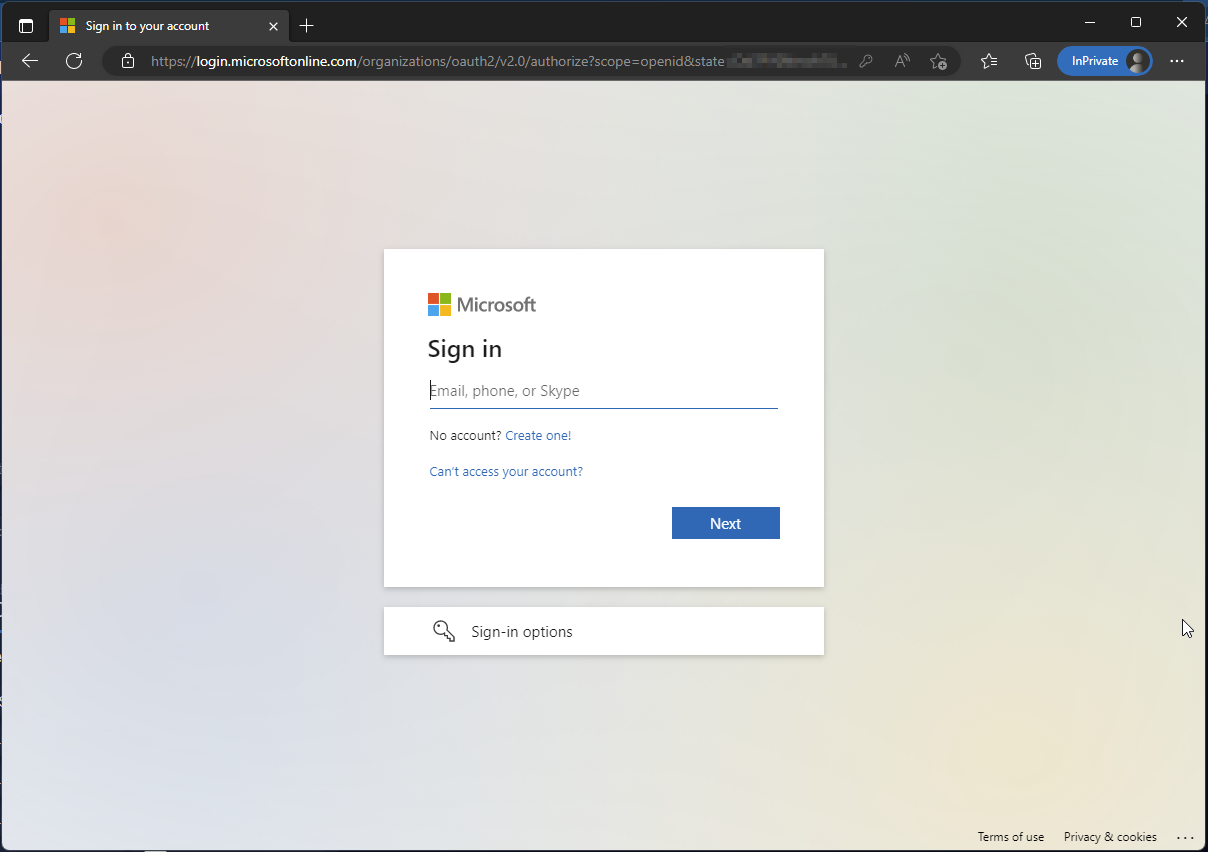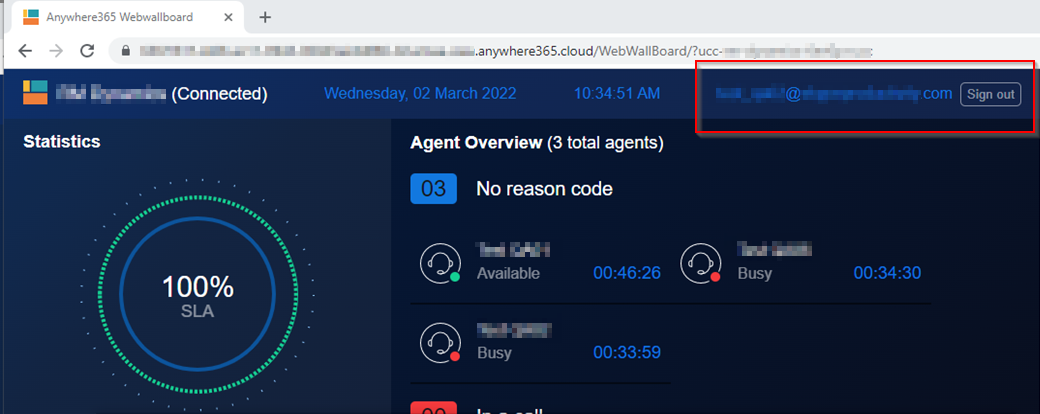AnywhereNow Authentication for Web Wallboard
AnywhereNow Authentication allows users to login with their own Microsoft 365 credentials with various AnywhereNow products. In addition to convenience, this also provides additional security via multi-factor authentication.
Important
Snapper, Inflight Wallboard and WebWallboard all use the same authentication method per UCC A Unified Contact Center, or UCC, is a queue of interactions (voice, email, IM, etc.) that are handled by Agents. Each UCC has its own settings, IVR menus and Agents. Agents can belong to one or several UCCs and can have multiple skills (competencies). A UCC can be visualized as a contact center “micro service”. Customers can utilize one UCC (e.g. a global helpdesk), a few UCC’s (e.g. for each department or regional office) or hundreds of UCC’s (e.g. for each bed at a hospital). They are interconnected and can all be managed from one central location. service. In other words, if AnywhereNow Authentication is enabled for one application it is also enabled for the other applications using that service. The configuration of WebWallboard is handled by Dialogue Cloud, but if also Snapper and/or Inflight Wallboard are used, these client applications must each be configured for this method of authentication.
See AnywhereNow Authentication Service for Inflight Wallboard
See AnywhereNow Authentication for Snapper
As of bundle A bundle is a fixed combination of our software platform elements of very specific versions. These are designed and tested to optimally work together to assure their intended function and interoperability. DC2024.01f a new Redirect URI (and backend platform) has been enabled and is required to be used. Please see: AnywhereNow Authentication Migration Guide.
Prerequisites
-
An Azure App Registration for your AnywhereNow product according to the procedure described in Create new Azure App Registration for AnywhereNow Authentication.
Installation
If you have requested a Web Wallboard enabled for AnywhereNow Authentication via your AnywhereNow partner, AnywhereNow direct contact or support portal, and you have performed the prerequisite steps above, the WebWallboard should be enabled for AnywhereNow Authentication.
This should be noticeable by the appearance of a Microsoft 365 Login screen after accessing the WebWallboard URL from a browser:
And once entered with trusted credentials the agents UPN In Windows Active Directory, a User Principal Name (UPN) is the name of a system user in an email address 'like' format. A UPN (for example: john.doe@domain.com) consists of the user name (logon name), separator (the @ symbol), and domain name (UPN suffix). and a Sign out button are visible in the right top corner of the WebWallboard

